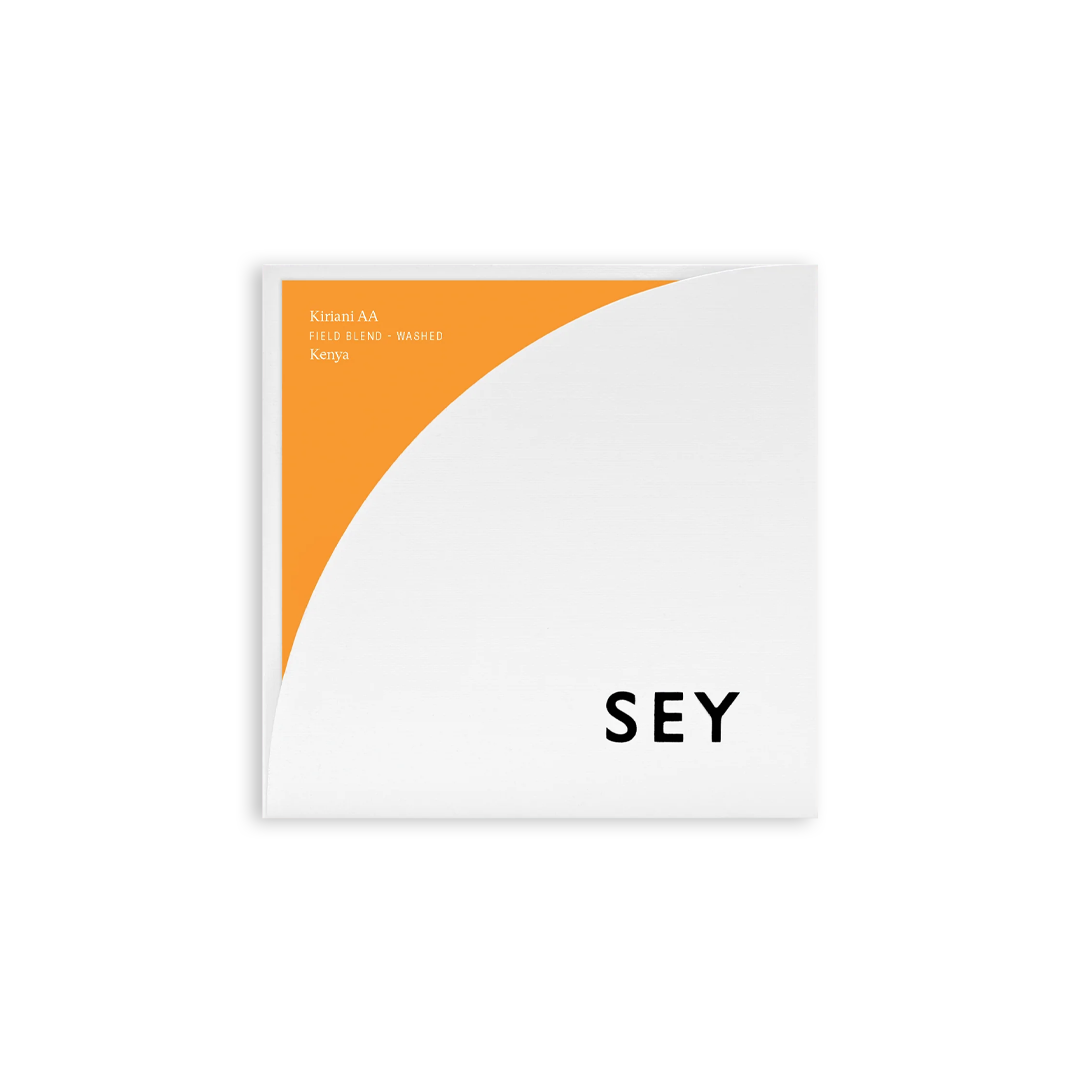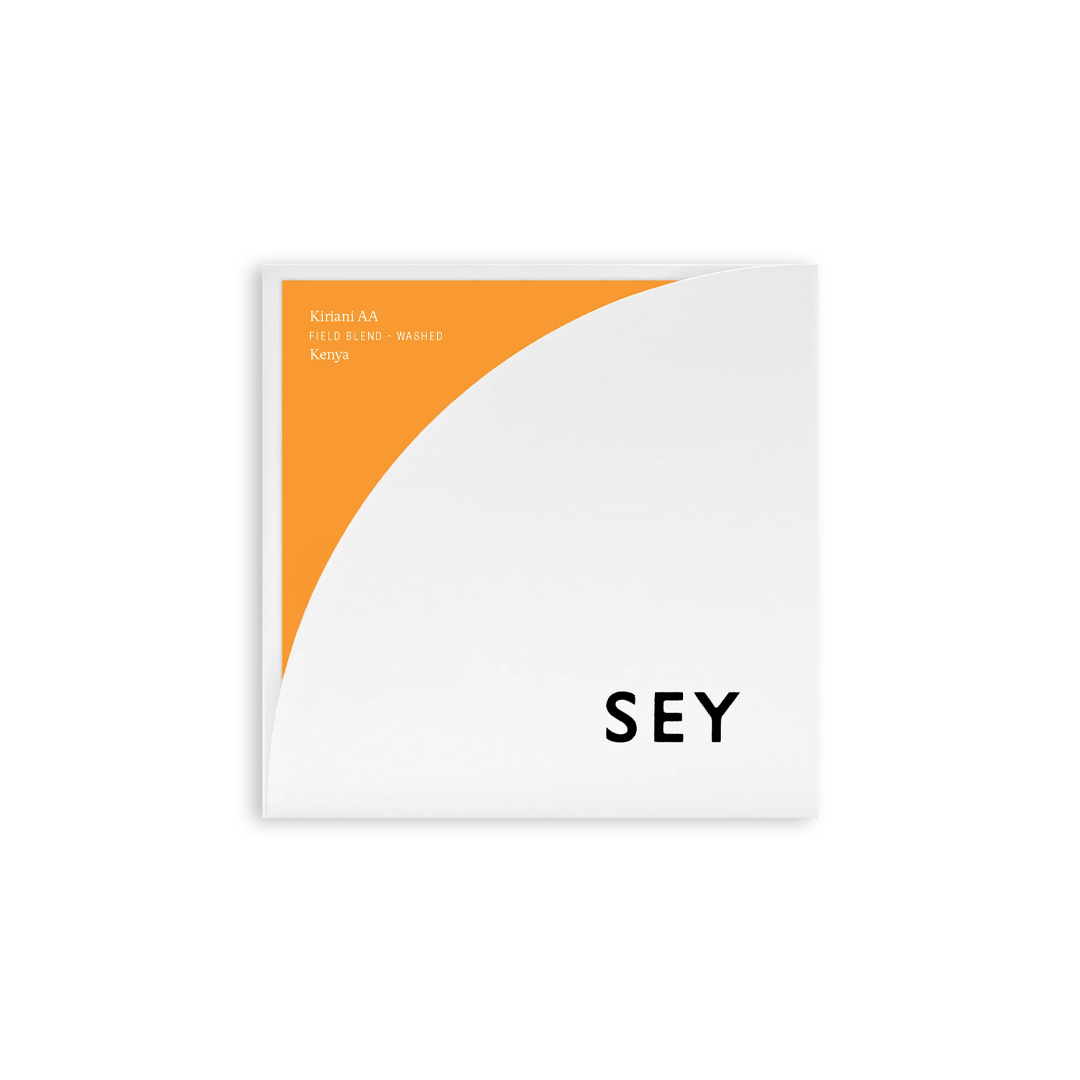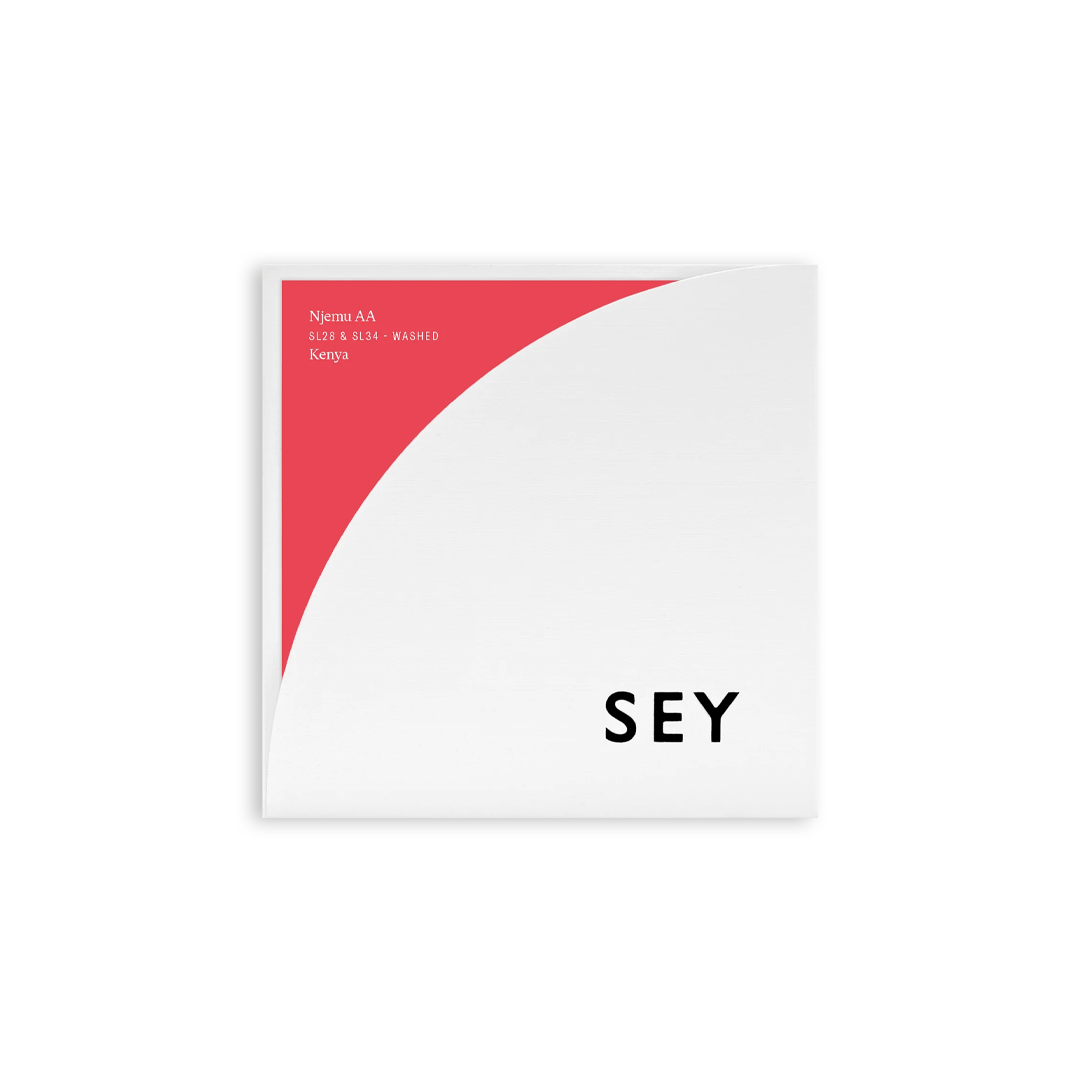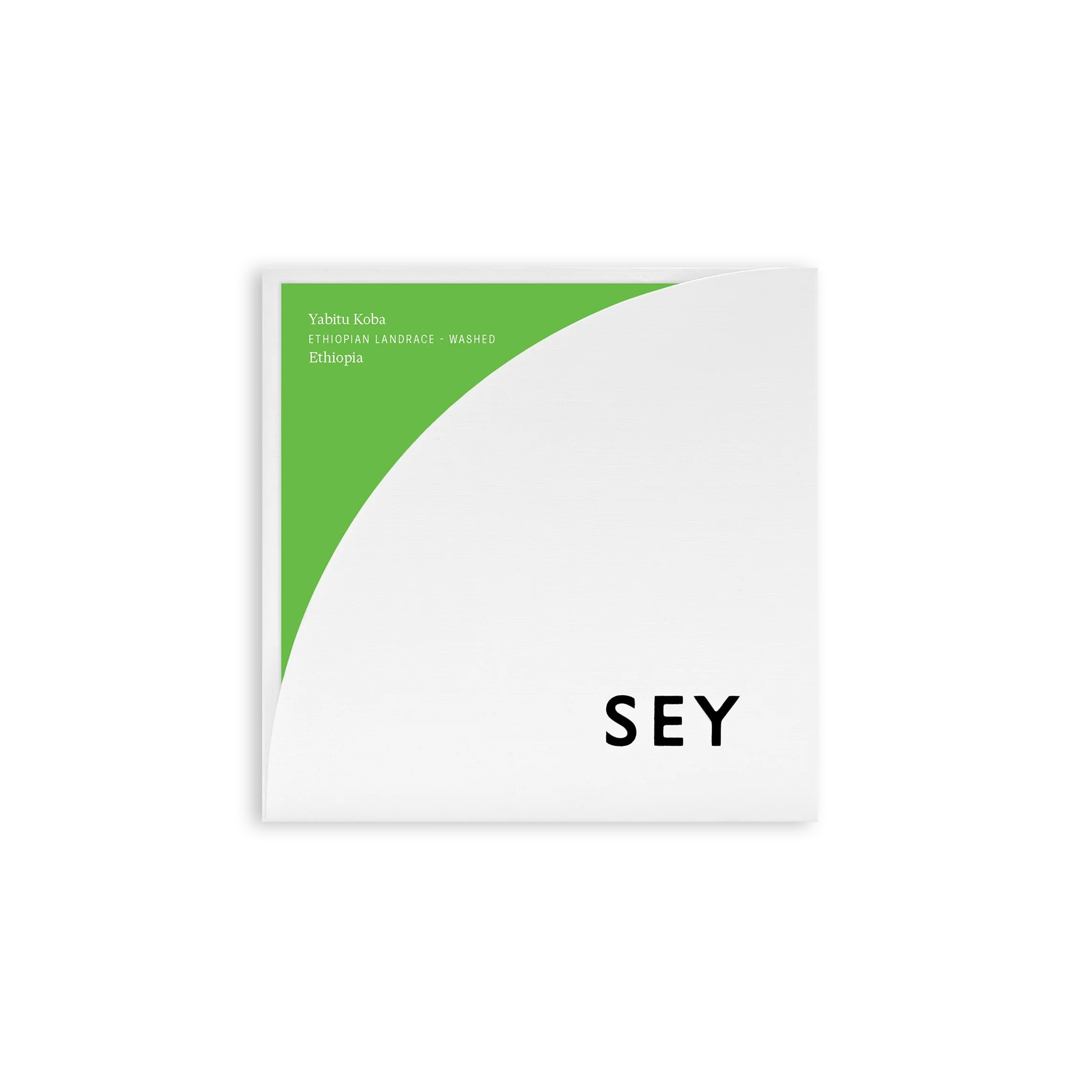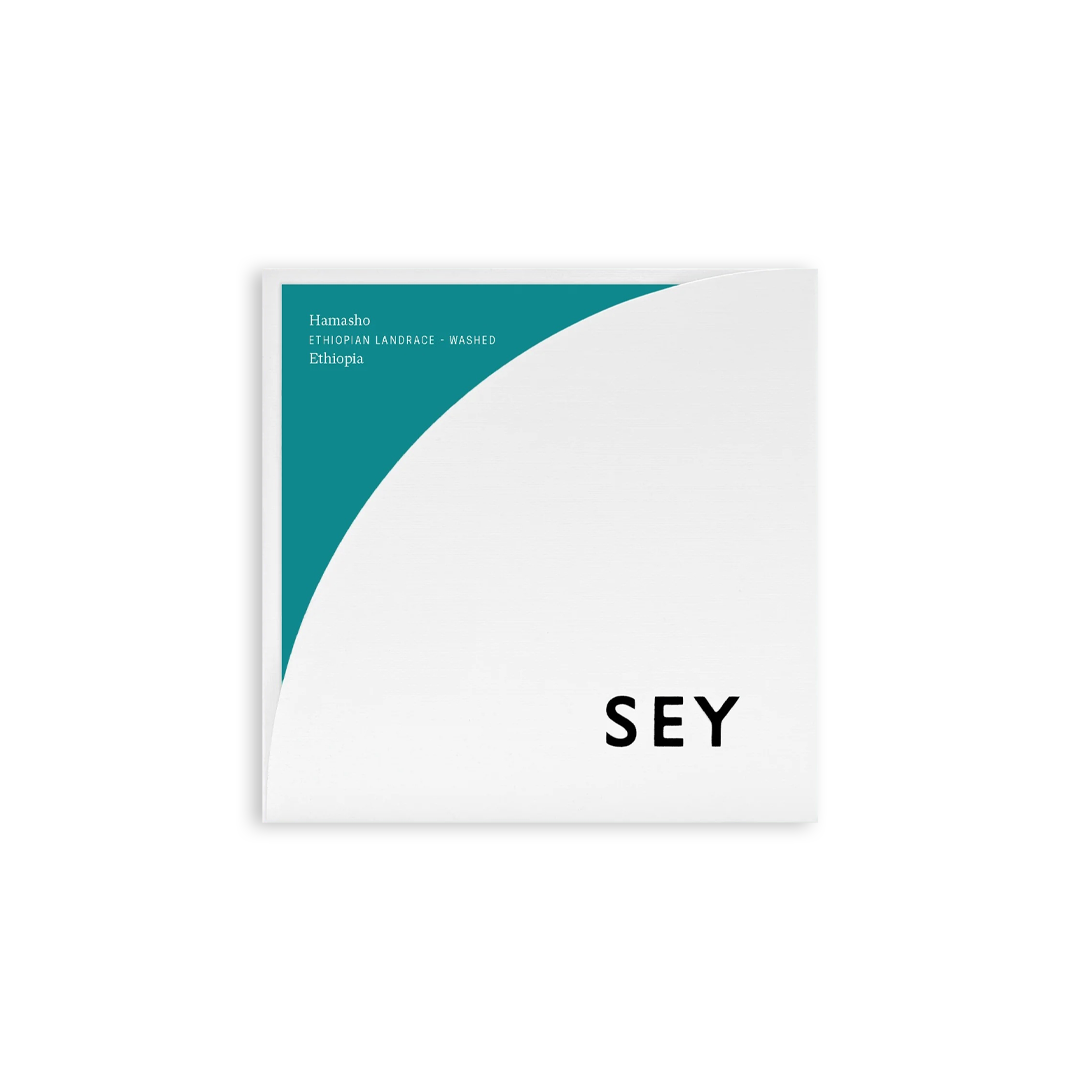Description
About Kiriani AA
This washing station was established in 1965, and is a member of the Thikagiki Famers Cooperative Society. This station is unique given its location in what is primarily a region for high elevation tea production. Murang’a County is just south of the much more famous coffee-producing region of Nyeri. Although the region has incredible altitudes, coffees from Murang’a are underrepresented in high quality markets. This is something we work hard to bring light to, as there is so much unbelievable coffee that still doesn’t have access to the specialty — higher paying — markets.
About Ethiopian Landrace
“SL” is in reference to single tree selections made by Scott Agricultural Laboratories in 1935-1939. SL34 has a Typica-like genetic background selected from a single tree on the Loresho Estate in Kabete, Kenya. SL28 is of the Bourbon genetic group, and was selected for its drought resistance as well as its extremely high cup quality. SL28 is one of the most well-known and well-regarded varieties in Africa. It has consequently spread from Kenya to other parts of Africa as well as Central and South America. Both varieties are non-hybrid, and very susceptible to disease.
Ruiru 11 is a Catimor hybrid that owes its existence to a coffee berry disease epidemic in 1968 that lead to the loss of 50% of Kenya’s production. The crisis sparked action. In the 1970s, the coffee research station at Ruiru — which gives Ruiru 11 its name — began an intensive breeding program of varieties that are immune to coffee berry disease, ultimately leading to the release of Ruiru 11 in 1985. Batian is resistant to both leaf rust and coffee berry disease. It was created via single-tree selections from fifth filial (F5) generations from the male parent of some Ruiru 11 progenies.
Batian is a composite variety, mixing three different pure line varieties. The varieties involved in the original crosses are: SL28, SL34, Rume Sudan, N39, K7, SL4 and the Timor Hybrid.

